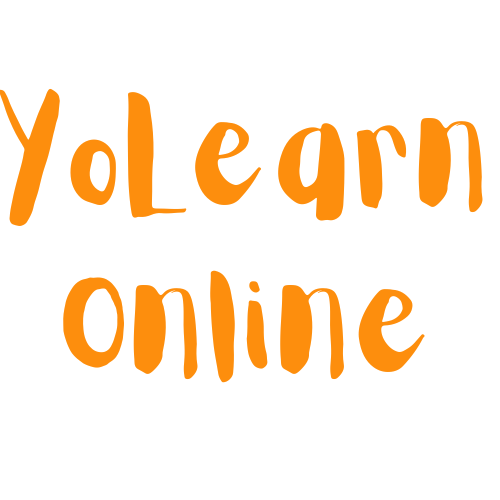Introduction
Top 10:- Questions and Answers for improving and understanding C++ Programming Language. Learn and Understand C++ Programming like Pro.
1. Question: What does C++ stand for?
Answer: C++ stands for "C plus plus," indicating that it is an extension of the C programming language.
2. Question: What is an object in C++?
Answer: An object in C++ is an instance of a class, which is a blueprint for creating objects. Objects can hold data and functions that operate on that data.
3. Question: What is the difference between "C" and "C++"?
Answer: C is a procedural programming language, while C++ is an extension of C that adds support for object-oriented programming (OOP) concepts like classes and objects.
4. Question: How do you define a class in C++?
Answer: You define a class using the class keyword, followed by the class name and a code block that contains member variables and member functions.
5. Question: What is the purpose of constructors in C++?
Answer: Constructors are special member functions in C++ that are used to initialize objects when they are created. They have the same name as the class and do not have a return type.
6. Question: What is the "this" pointer in C++?
Answer: The "this" pointer is a pointer that points to the current instance of a class. It is used to access member variables and member functions within the class.
7. Question: What is inheritance in C++?
Answer: Inheritance is a feature of C++ that allows a class to inherit properties and behaviors from another class. It supports the creation of a new class (derived class) from an existing class (base class).
8. Question: What is the purpose of the "virtual" keyword in C++?
Answer: The "virtual" keyword is used to declare a member function as virtual. Virtual functions enable polymorphism, allowing derived classes to override the base class's implementation.
9. Question: How is memory allocated and deallocated for objects in C++?
Answer: Memory for objects in C++ can be allocated using the new operator and deallocated using the delete operator. Alternatively, you can use smart pointers like std::shared_ptr for automatic memory management.
10. Question: What is the standard input/output stream in C++?
c**Answer:** In C++, the standard input stream is represented by `std::cin`, and the standard output stream is represented by `std::cout`. They are used for reading input from the user and printing output to the console, respectively.











0 Comments